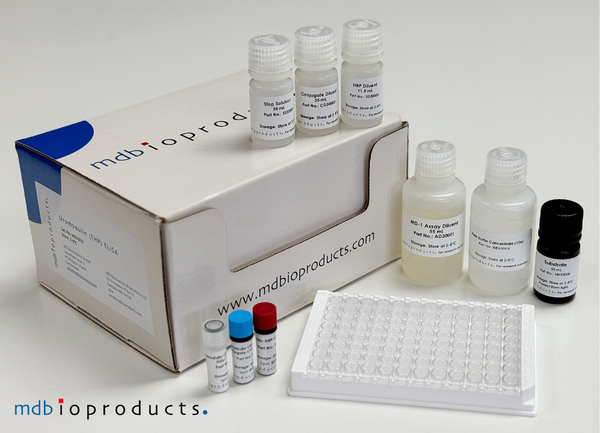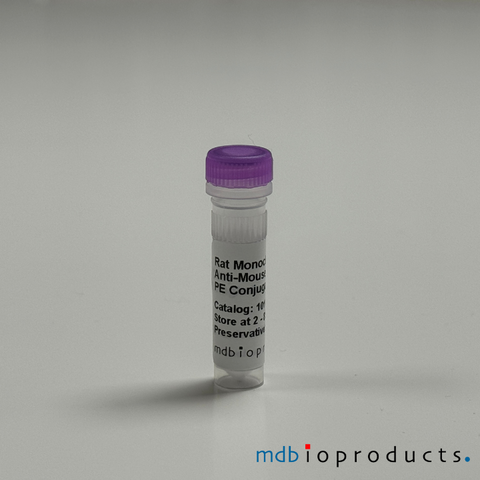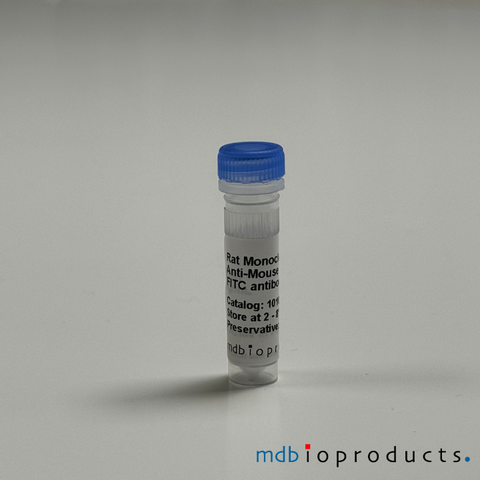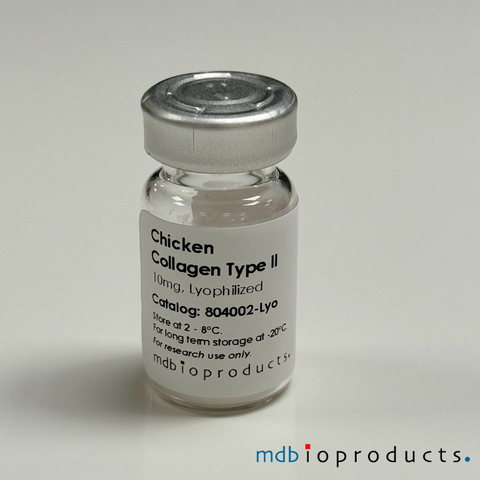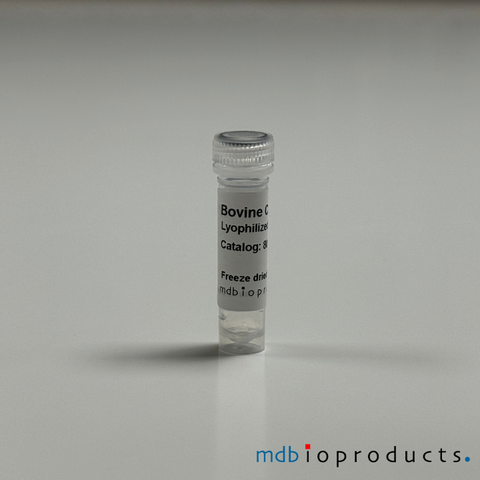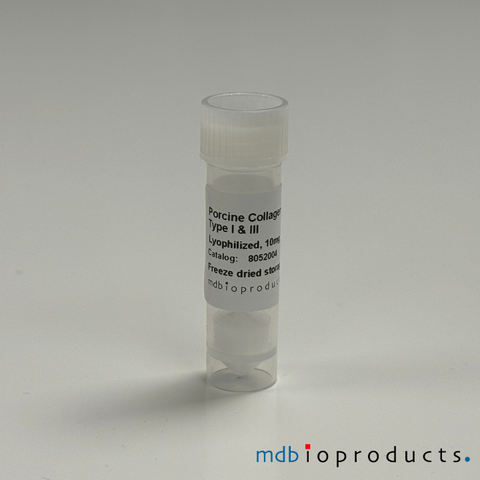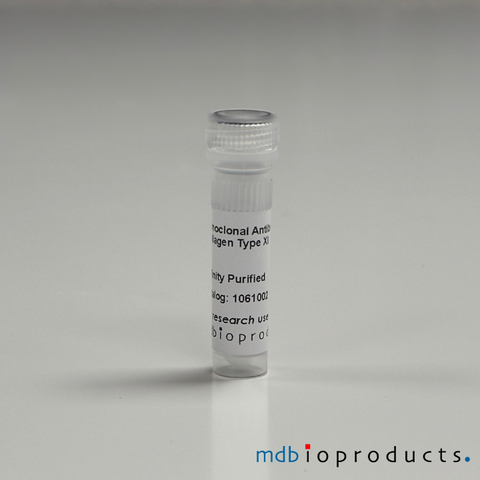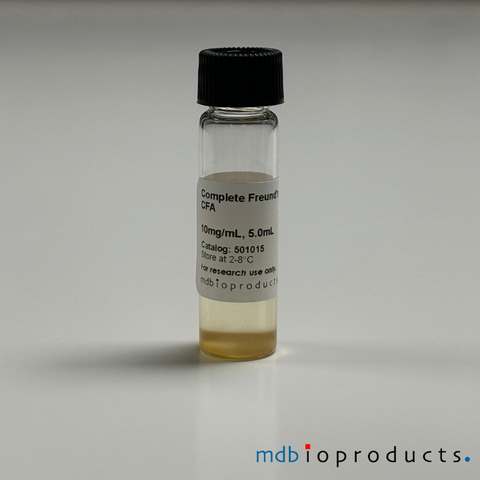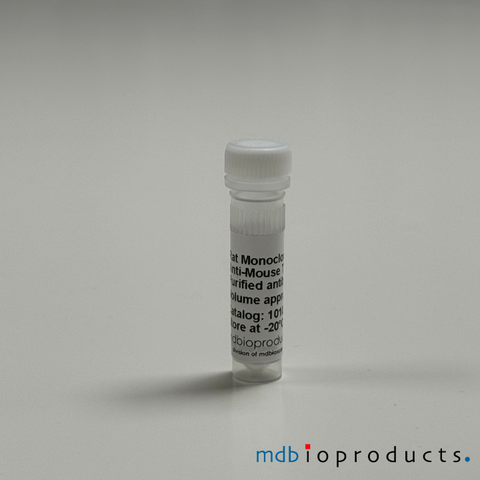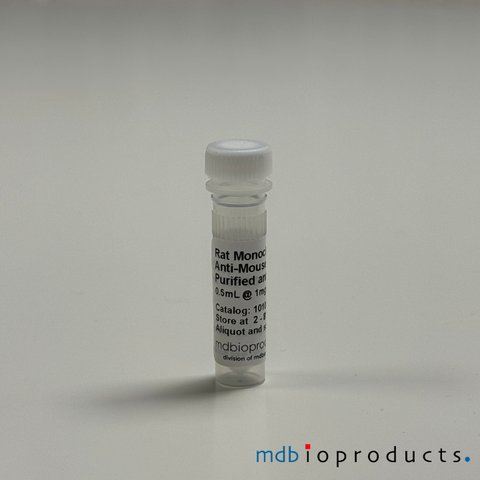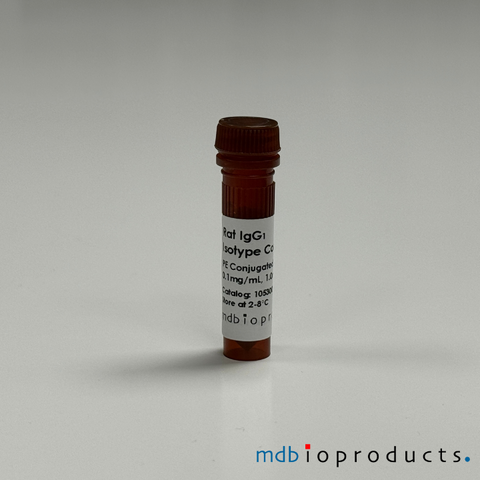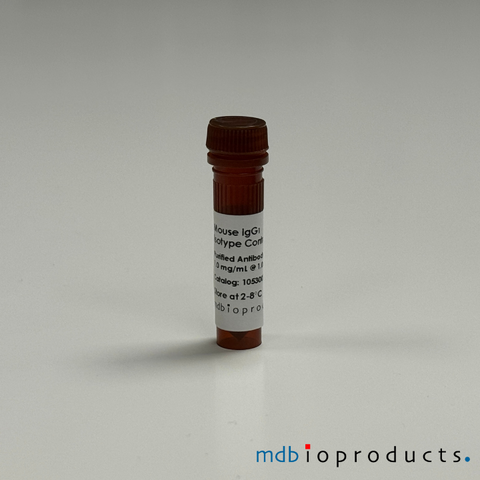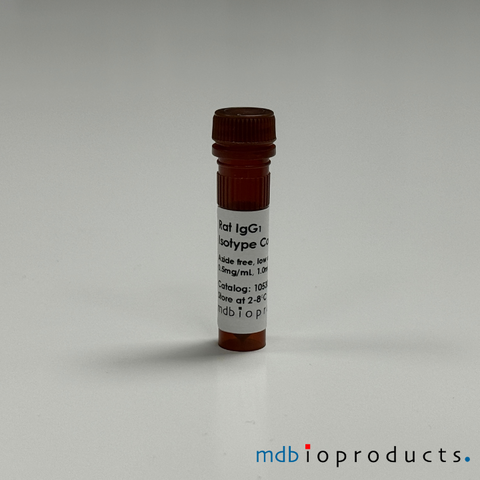Uromodulin Glycoprotein (UMOD, Tamm-Horsfall Glycoprotein, THP) ELISA
The Uromodulin Glycoprotein ELISA kit is a 96-Well enzyme-linked immunosorbent assay used for the quantitative determination of Uromodulin Glycoprotein (THP) in urine, serum and plasma samples. Uromodulin glycoprotein (also known as...
ELISA
M036020
The Uromodulin Glycoprotein ELISA kit is a 96-Well enzyme-linked immunosorbent assay used for the quantitative determination of Uromodulin Glycoprotein (THP) in urine, serum and plasma samples.
Uromodulin glycoprotein (also known as Tamm-Horsfall Glycoprotein, THP) is the most abundant protein found in the urine of mammals (2, 4). Uromodulin is 616 amino acids in length with a molecular weight of 80 kDa, and is synthesized in the thick ascending loop of Henle (3, 4). While the specific function of Uromodulin is unknown, it appears to have a role in the regulation of salt and water excretion by the kidney (3). Soluble Uromodulin has been found to help protect against urinary tract infections of E. coli and P. mirabilis by inhibiting the binding of the bacteria to the epithelial cells of the urinary tract (1, 6, 8). In addition, it has been suggested that Uromodulin may help prevent renal stone formation (7). Defects in Uromodulin are associated with human diseases such as familial juvenile hyperuricemic nephropathy (FJHN) and medullary cystic kidney disease (MCKD2) (4, 5).
References/Citations:
Steenbeke, M., De Buyzere, M. L., Speeckaert, M. M., & Delanghe, J. R. (2021). On the protein content of kidney stones: an explorative study. Acta Clinica Belgica, 1-8.
Steubl, D., Buzkova, P., Ix, J. H., Devarajan, P., Bennett, M. R., Chaves, P. H., ... & Garimella, P. S. (2020). Association of serum and urinary uromodulin and their correlates in older adults—The Cardiovascular Health Study. Nephrology, 25(7), 522-526.
Amatruda, J. G., Katz, R., Peralta, C. A., Estrella, M. M., Sarathy, H., Fried, L. F., ... & Health ABC Study. (2021). Association of Non‐Steroidal Anti‐Inflammatory Drugs with Kidney Health in Ambulatory Older Adults. Journal of the American Geriatrics Society, 69(3), 726-734.
Steubl, D., Buzkova, P., Garimella, P. S., Ix, J. H., Devarajan, P., Bennett, M. R., ... & Sarnak, M. J. (2020). Association of serum uromodulin with mortality and cardiovascular disease in the elderly—the Cardiovascular Health Study. Nephrology Dialysis Transplantation, 35(8), 1399-1405.
Garimella, P. S., Jaber, B. L., Tighiouart, H., Liangos, O., Bennett, M. R., Devarajan, P., ... & Sarnak, M. J. (2017). Association of preoperative urinary uromodulin with AKI after cardiac surgery. Clinical Journal of the American Society of Nephrology, 12(1), 10-18.
Tomlinson, J. A., Caplin, B., Boruc, O., Bruce-Cobbold, C., Cutillas, P., Dormann, D., ... & Leiper, J. (2015). Reduced renal methylarginine metabolism protects against progressive kidney damage. Journal of the American Society of Nephrology, 26(12), 3045-3059.
Koyner, J. L., Davison, D. L., Brasha-Mitchell, E., Chalikonda, D. M., Arthur, J. M., Shaw, A. D., ... & Chawla, L. S. (2015). Stress test and biomarkers for the prediction of AKI severity. Journal of the American Society of Nephrology, 26(8), 2023-2031.
Huang, H. S., & Ma, M. C. (2015). High sodium-induced oxidative stress and poor anticrystallization defense aggravate calcium oxalate crystal formation in rat hyperoxaluric kidneys. PLoS One, 10(8), e0134764.
Garimella, P. S., Biggs, M. L., Katz, R., Ix, J. H., Bennett, M. R., Devarajan, P., ... & Sarnak, M. J. (2015). Urinary uromodulin, kidney function, and cardiovascular disease in elderly adults. Kidney international, 88(5), 1126-1134.
Tomlinson, J. A., Caplin, B., Boruc, O., Bruce-Cobbold, C., Cutillas, P., Dormann, D., ... & Leiper, J. (2015). Reduced renal methylarginine metabolism protects against progressive kidney damage. Journal of the American Society of Nephrology, 26(12), 3045-3059.
van der Starre, W. E., van Nieuwkoop, C., Thomson, U., Zijderveld-Voshart, M. S., Koopman, J. P. R., van der Reijden, T. J., ... & van de Vosse, E. (2015). Urinary proteins, vitamin D and genetic polymorphisms as risk factors for febrile urinary tract infection and relation with bacteremia: a case control study. PLoS One, 10(3), e0121302.
Youhanna, S., Weber, J., Beaujean, V., Glaudemans, B., Sobek, J., & Devuyst, O. (2014). Determination of uromodulin in human urine: influence of storage and processing. Nephrology Dialysis Transplantation, 29(1), 136-145.
Reznichenko, A., Böger, C. A., Snieder, H., van den Born, J., de Borst, M. H., Damman, J., ... & Navis, G. (2012). UMOD as a susceptibility gene for end-stage renal disease. BMC Medical Genetics, 13(1), 1-6.
Schlatzer, D., Maahs, D. M., Chance, M. R., Dazard, J. E., Li, X., Hazlett, F., ... & Snell-Bergeon, J. K. (2012). Novel urinary protein biomarkers predicting the development of microalbuminuria and renal function decline in type 1 diabetes. Diabetes Care, 35(3), 549-555.
Wei, X., Xu, R., Yang, Z., Li, Z., Liao, Y., Johnson, R. J., ... & Chen, W. (2012). Novel uromodulin mutation in familial juvenile hyperuricemic nephropathy. American Journal of Nephrology, 36(2), 114-120.
Reznichenko, A., Van Dijk, M. C., Van Der Heide, J. H., Bakker, S. J., Seelen, M., & Navis, G. (2011). Uromodulin in renal transplant recipients: elevated urinary levels and bimodal association with graft failure. American journal of nephrology, 34(5), 445-451.
Padmanabhan, S., Melander, O., Johnson, T., Di Blasio, A. M., Lee, W. K., Gentilini, D., ... & Global BPgen Consortium. (2010). Genome-wide association study of blood pressure extremes identifies variant near UMOD associated with hypertension. PLoS Genet, 6(10), e1001177.
Gozal, D., Jortani, S., Snow, A. B., Kheirandish-Gozal, L., Bhattacharjee, R., Kim, J., & Capdevila, O. S. (2009). Two-dimensional differential in-gel electrophoresis proteomic approaches reveal urine candidate biomarkers in pediatric obstructive sleep apnea. American journal of respiratory and critical care medicine, 180(12), 1253-1261.
Product Insert (PDF) - Informational use only. Please refer to insert included with product.
Data/Specifications:
- 96-Well ELISA
- Species: human, canine, mouse
- Sample Type: urine, serum, plasma
- Range: 2.34 - 150 ng/mL
- Sensitivity: <1.0 ng/mL
- Assay Length: 2 hrs 40 min

